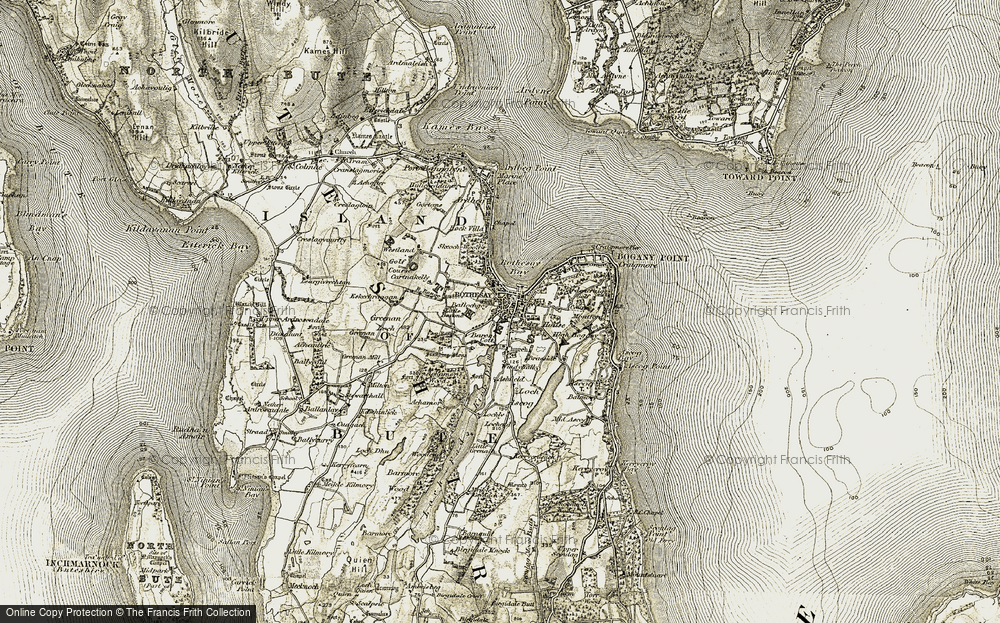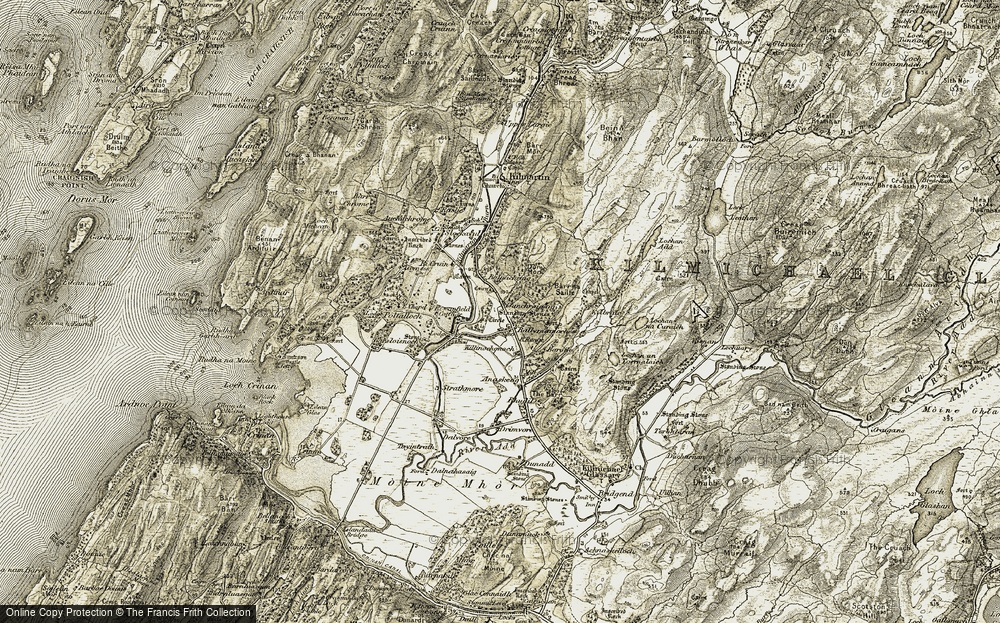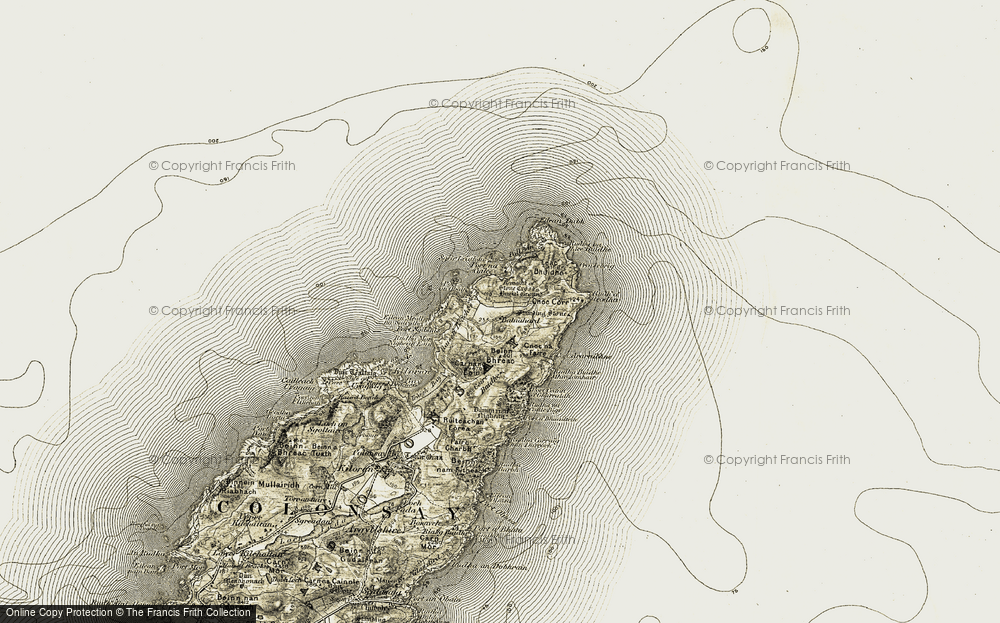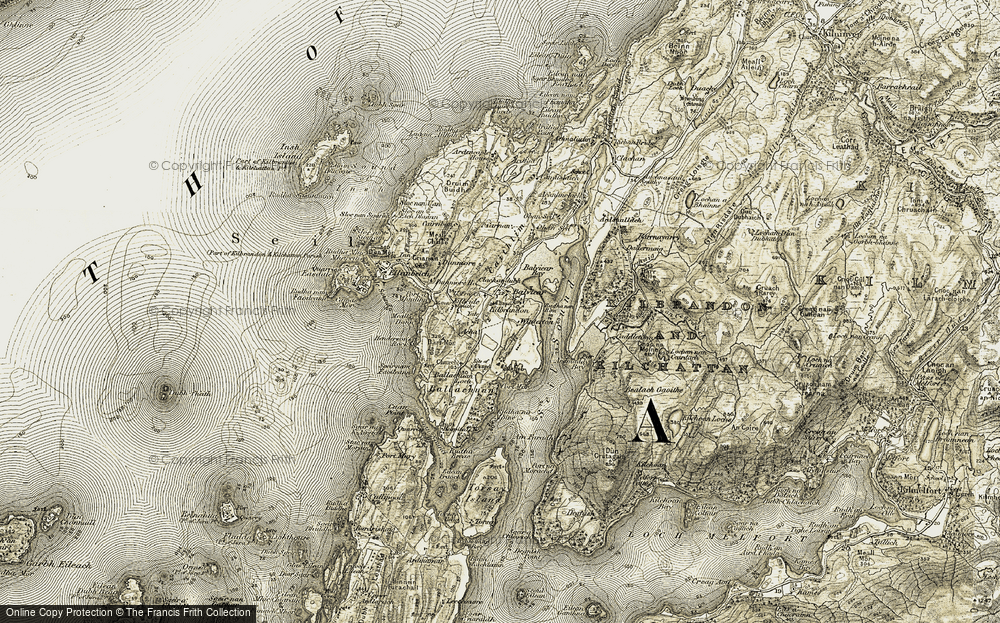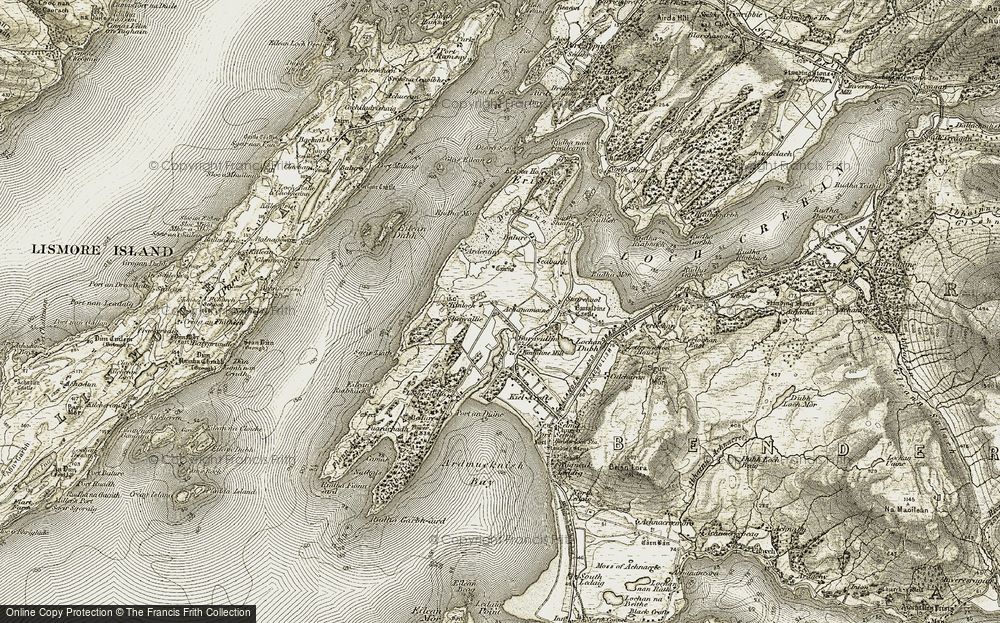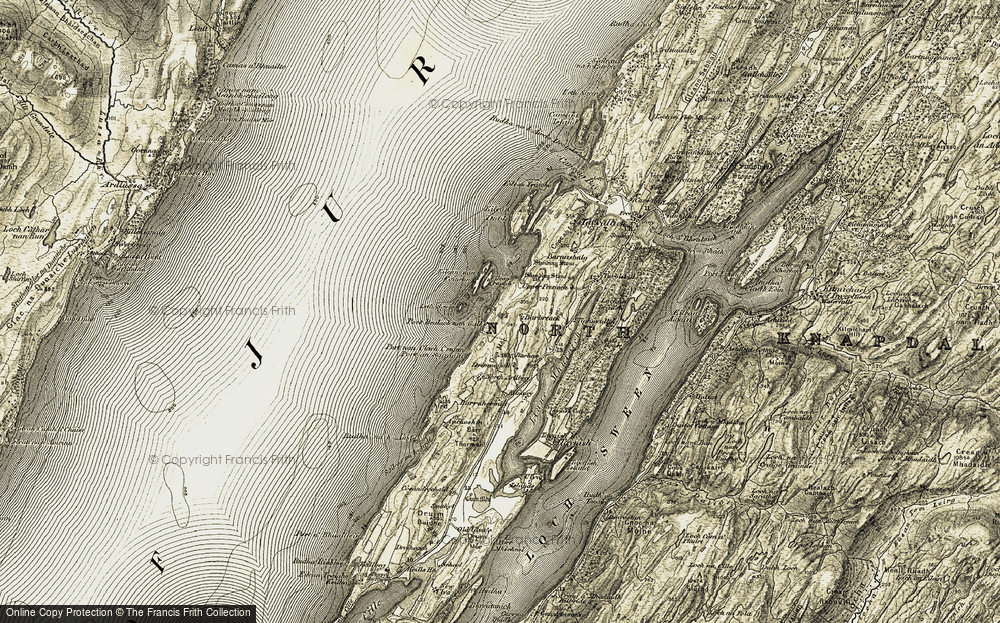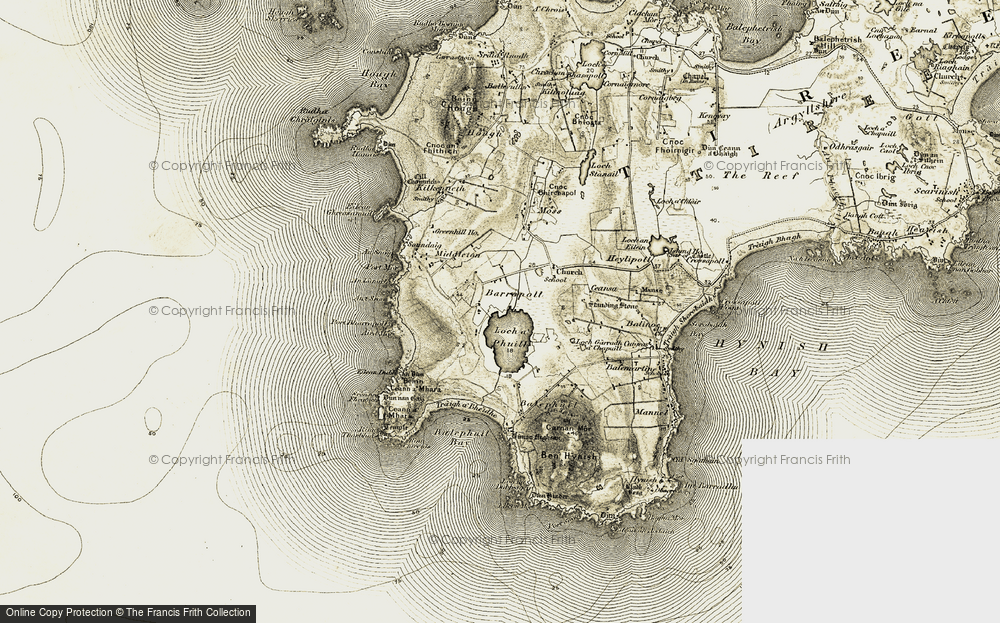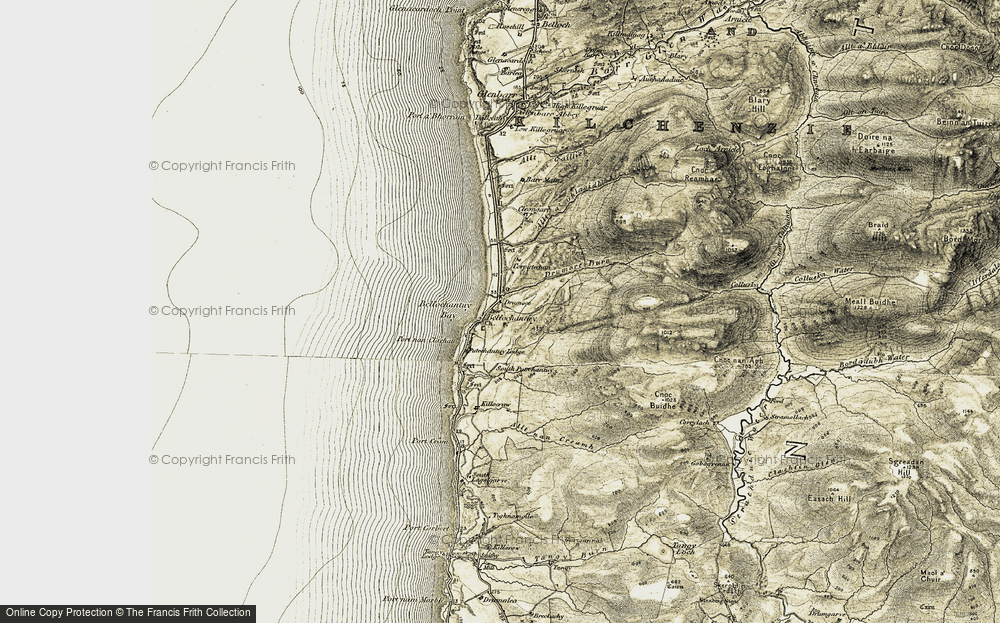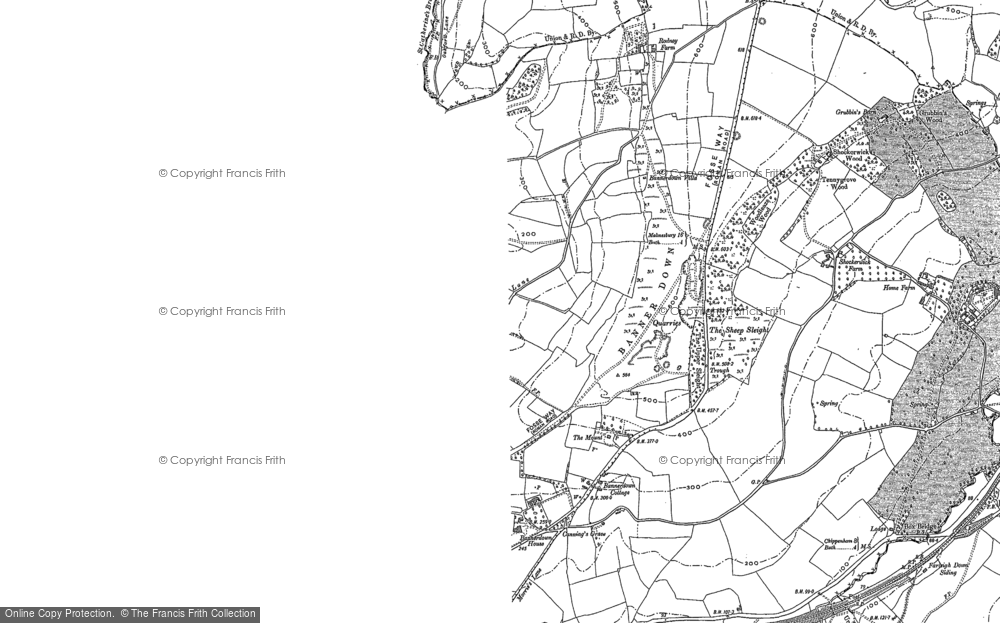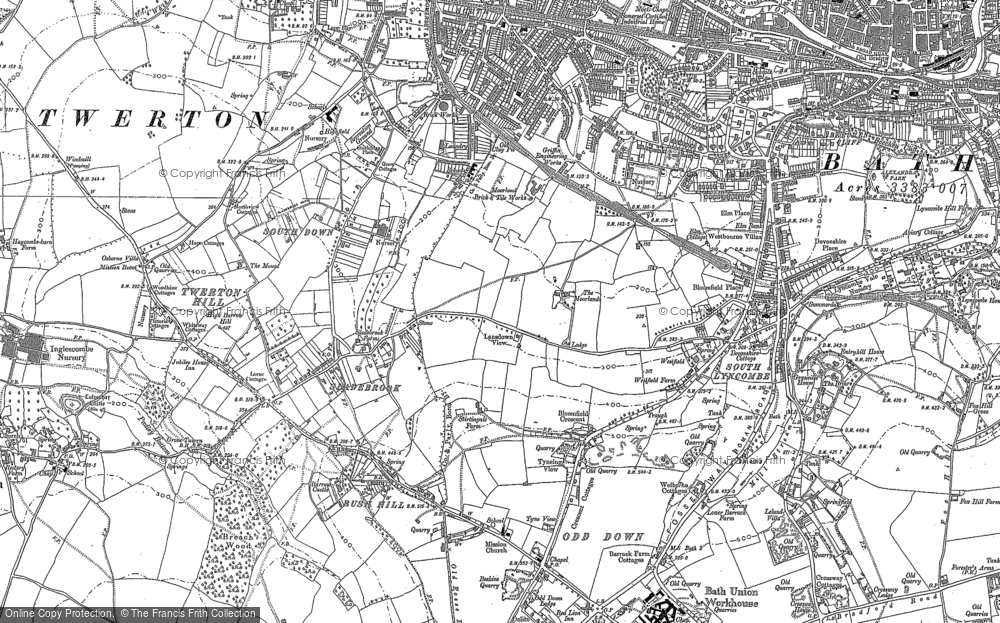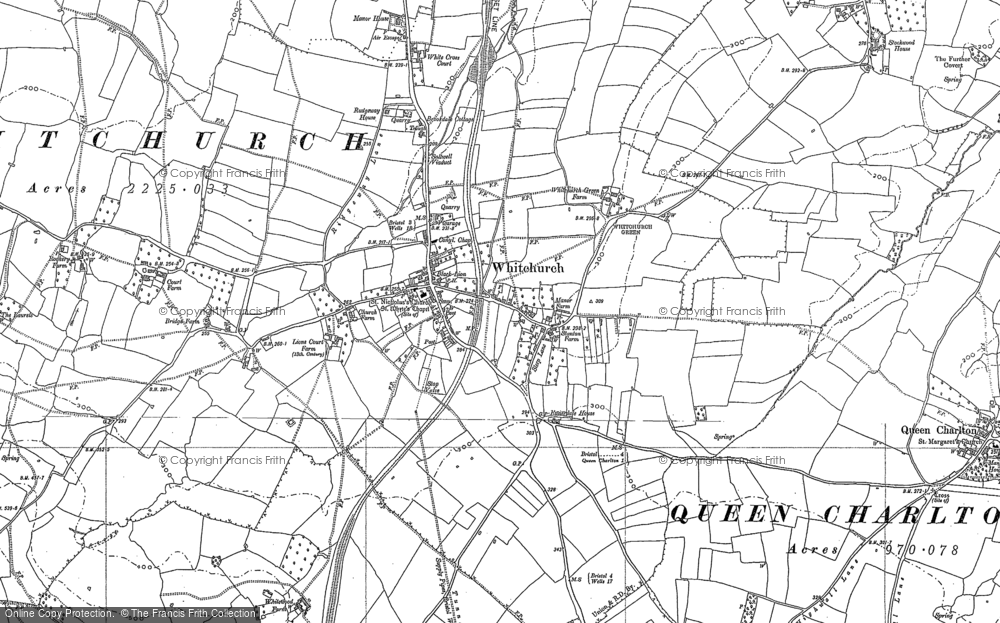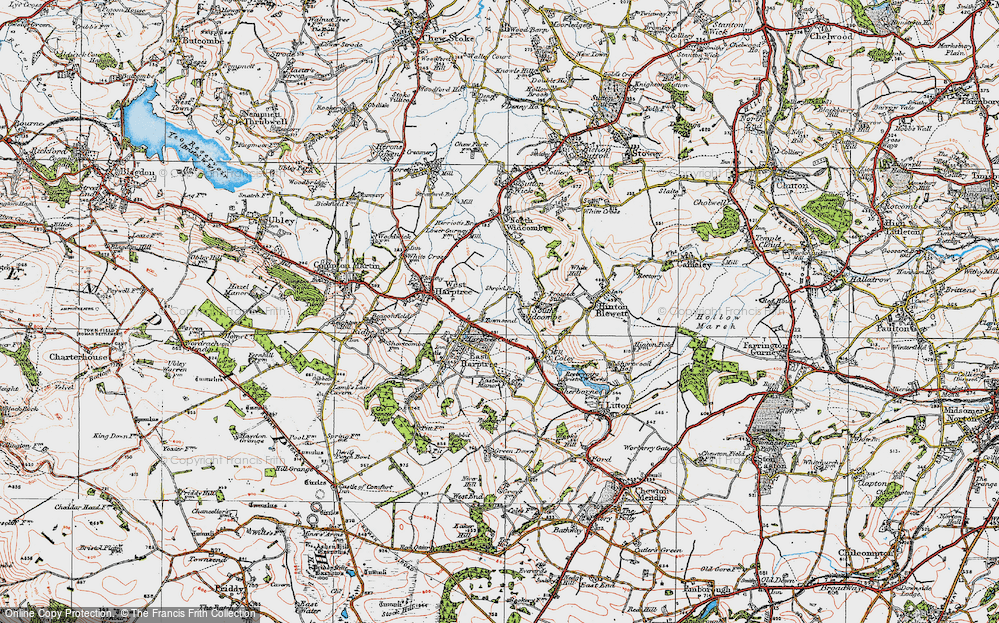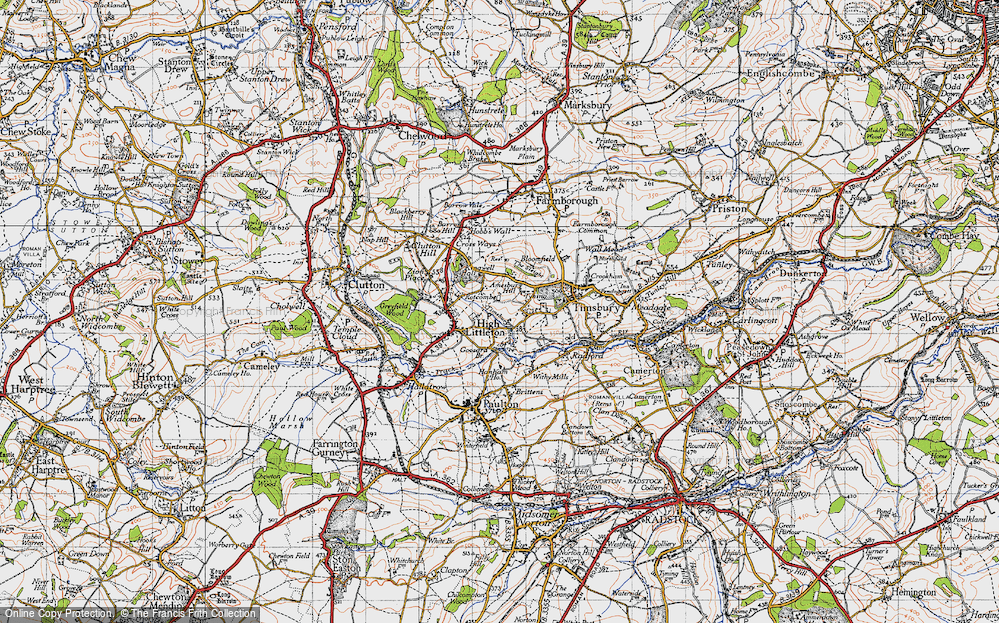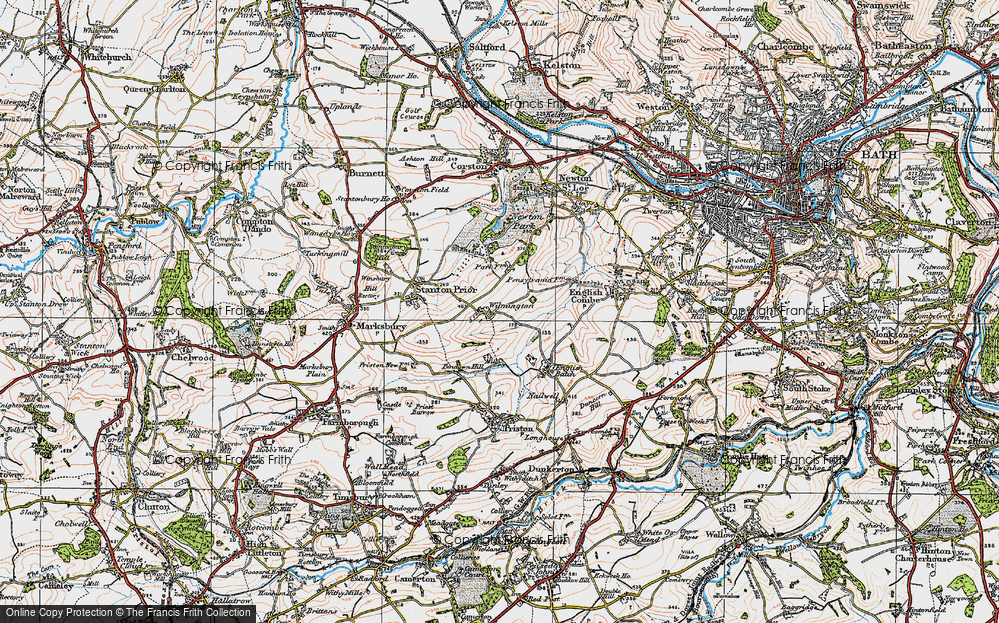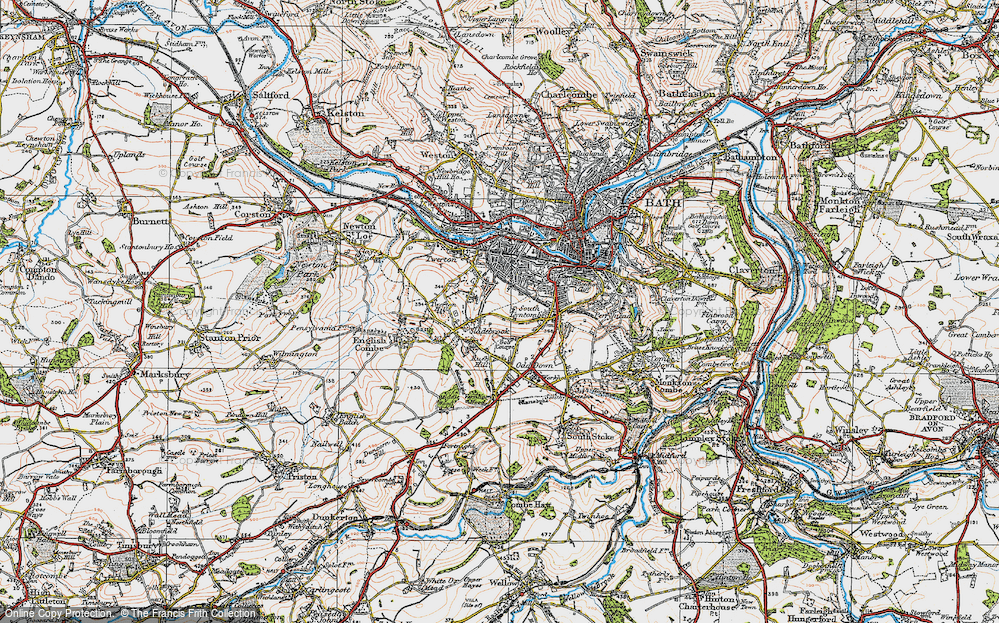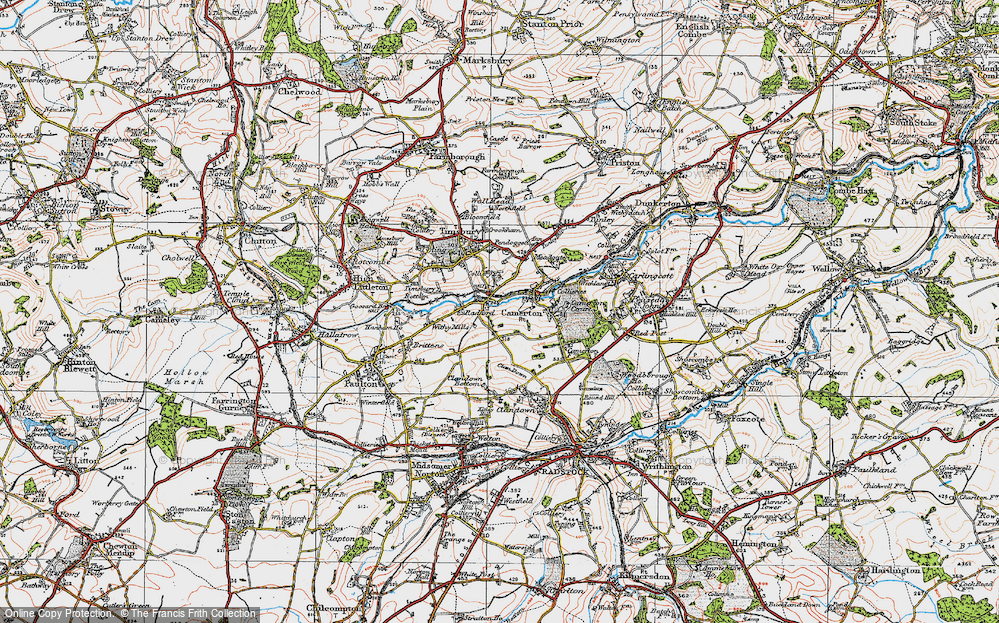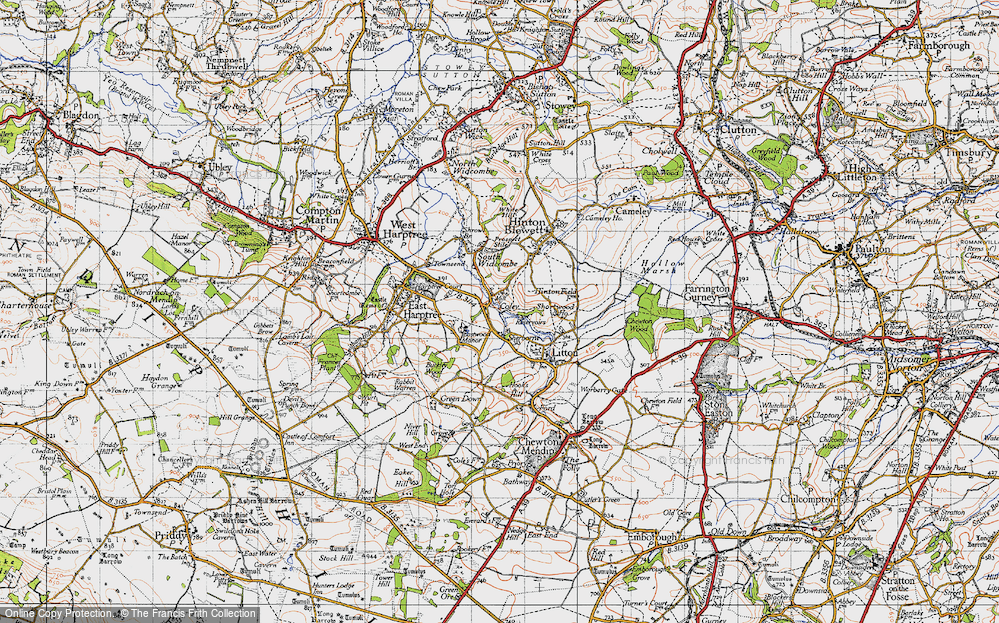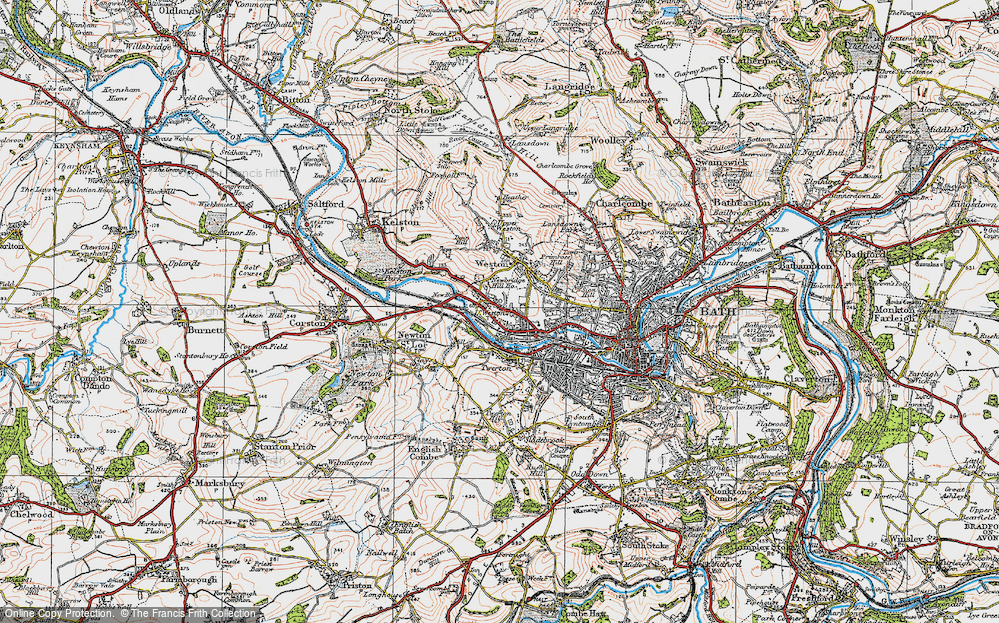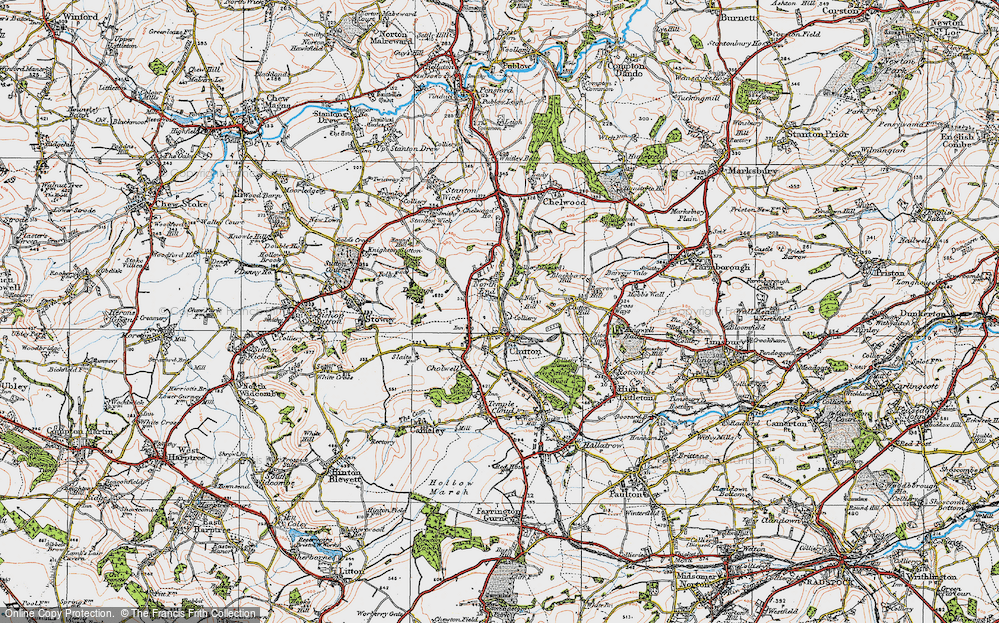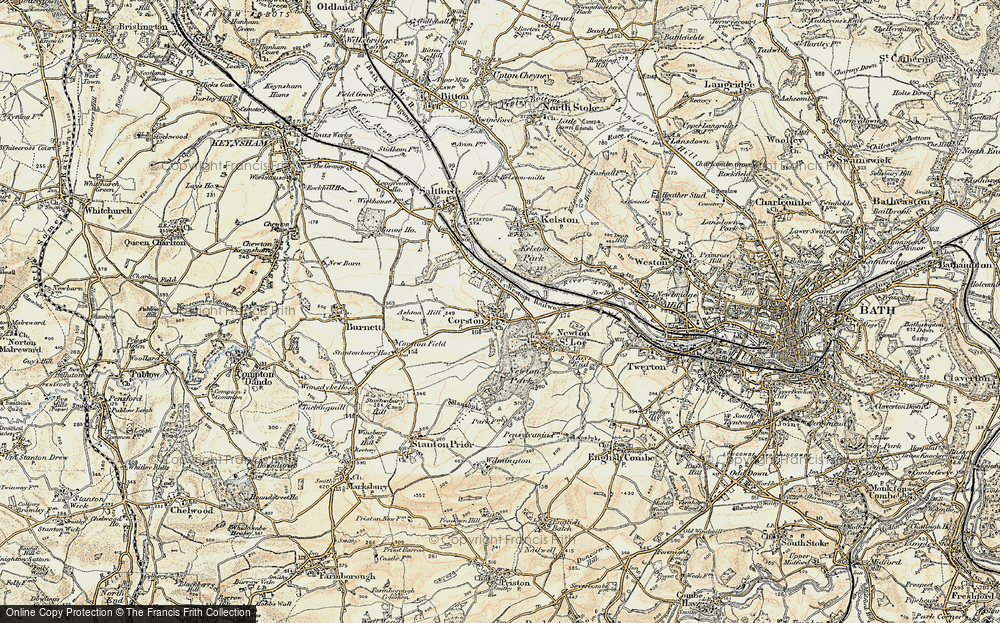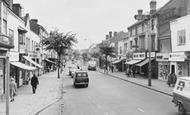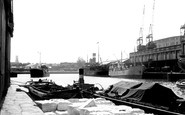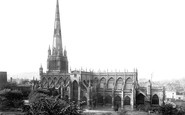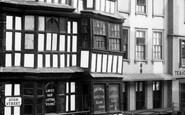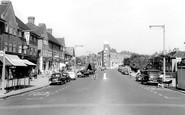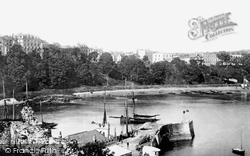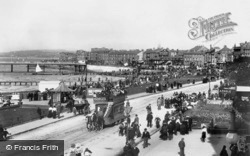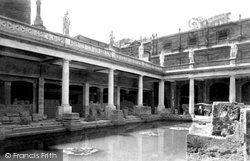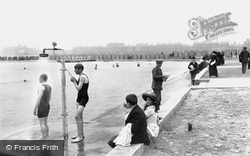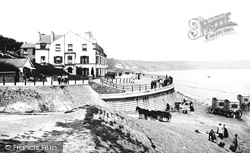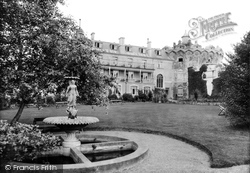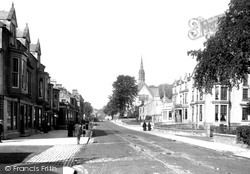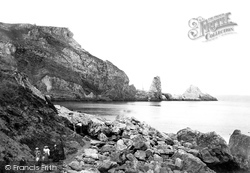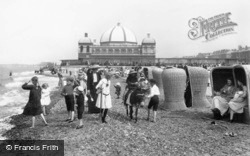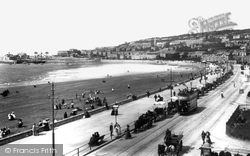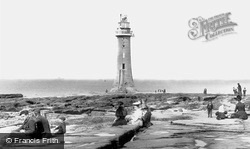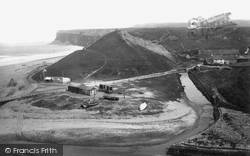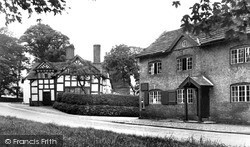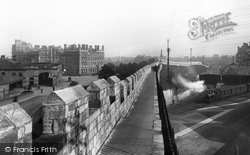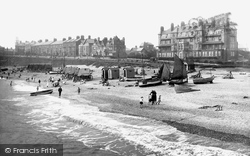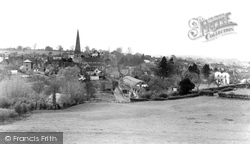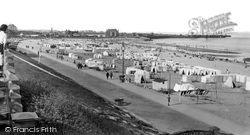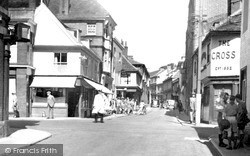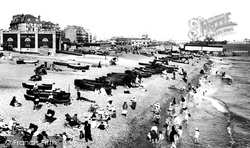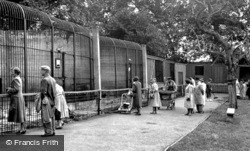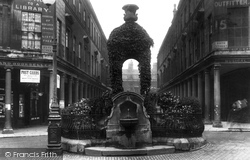Places
Sorry, no places were found that related to your search.
Photos
Sorry, no photos were found that related to your search.
Maps
1,353 maps found.
Books
3 books found. Showing results 649 to 3.
Memories
2,048 memories found. Showing results 271 to 280.
Brierley Common
I recall going to the fairground which was on the Common; there were some stalls of which one could either test your skill trying to throw a hoop over a prize in order to win it; of course there was a catch and that catch was to ...Read more
A memory of Cudworth in 1965 by
Brierley Hill Girls Memories
I was born in Chapel Street, in 1947. My uncle, Len Gray, had a newsagents in the town, near the bus stop by the Old Post Office, as was. My Grandad used to sell papers on the Five Ways and as a girl I would stand ...Read more
A memory of Brierley Hill
Brierley Hill Town
The bike shop in Moor Street next to the central chip shop was Wilkinson's, also sold guns and fishing gear, got my maggots there for fishing in the nine locks, Pat Collins fair on the bank by Brierley Hill alliance ...Read more
A memory of Brierley Hill in 1960 by
Brine Baths
I remember as a child and teenager going to the Brine Baths with my brother and friends, what a wonderful building it was, swimming was never the same after the new baths were built, another fine old building was lost.
A memory of Stafford by
Bristol City Docks The History
Bristol's great heritage started from humble beginnings. An Anglo-Saxon settlement by the name of Brigstowe steadily grew into a thriving port. After the Norman invasion of 1066, a castle was built in what is now ...Read more
A memory of Bristol by
Bristol's Loveliest Church, St Mary Redcliffe.
St Mary Redcliffe Church. Bristol's loveliest church, St Mary Redcliffe, was described as 'the fairest, the goodliest and most famous parish church in England' by Queen Elizabeth I in 1574. Thanks to ...Read more
A memory of Bristol in 1880 by
Bristol, High Street And The Blitz 1940
Bristol's High Street scene of many strirring events in Bristol's history the heart of the city was destroyed and lost forever in 1940. As a city with docks and industry at its heart, Bristol was a natural ...Read more
A memory of Bristol in 1940 by
Britannia Road
Lived in Morley from 1956 to 1962 in Britannia Terrace. We lived next door to Norrie Ward and his wife who kept a grocers shop. I often wonder what happened to all the crowd of us teen and twenties who went to Crosshall Chapel? Lucy ...Read more
A memory of Morley in 1957 by
British Restaurant In North Harrow
Since I was working for the firm that built the British Restaurant in North Harrow and I lived on Westmorland Road I had a quick ride to work each morning. Once all the plumbing was done I had to go to ...Read more
A memory of North Harrow by
Broadway Revisited!
I first set foot in Broadway in March 1964. I was a scared young Danish girl visiting my boyfriend's family for the first time, they were Herbert and Joyce Milner who lived at 'Wormington Brake' on the road to Wormington. I ...Read more
A memory of Broadway in 1964 by
Captions
1,059 captions found. Showing results 649 to 672.
In the foreground we can see the roof of Laston House, a purpose-built bath-house which operated between 1810 and the early 1830s.
A Victorian guidebook, published in 1895, described Morecambe thus: 'Morecambe is much frequented by trippers from the busy towns of Lancashire and Yorkshire, for whose recreation are provided abundant
This is the Great Bath after the first excavations and restoration started in 1880: it was originally built in the 1st century AD. The flat bottom is lined with 45 sheets of Mendip lead.
The open-air bathing pool was a new attraction, opened in time for the long hot summer of 1914.
On the right, Archibald Ramsden's bathing machines offer discreet changing facilities.
The Redcliffe had a hydropathic plunge bath on the seaward side of the building, connected to the house by a subway that filled with seawater at high tide.
Copper mining was once a major industrial activity in the locality. However, in Victorian times the town became a popular spa, complete with pump room and baths and around 100 lodging houses.
Anstey's Cove, with Redgate Beach hidden on the left, was a favourite bathing spot for Agatha Christie, who was born in Torquay in 1890.
The sands, which are extensive enough to give the full benefit of ozone to those who avail themselves of its health-giving properties, form an excellent bathing-ground, entirely free from danger.
Taken from the southern corner of Victoria Square, this view shows the promenade just before the Grand Pier was built.
Owing to the frequent heavy seas, the Perch Light, which had stood on Perch Rock since 1683, was often washed away, and so in the 1820s Liverpool Corporation decided to build a more substantial lighthouse
Owing to the frequent heavy seas, the Perch Light, which had stood on Perch Rock since 1683, was often washed away, and so in the 1820s Liverpool Corporation decided to build a more substantial lighthouse
Another delightful view of the Cat Nab area of Saltburn, with the distinctive profile of Huntcliffe beyond.
The Gate, as locals call it, is at Woodgate, by a crossroads in a pleasant rural location between Hanbury and Bromsgrove. The origin of its unusual name is obscure.
Mr and Mrs Potts kept the village shop opposite the mill and on the corner of the A34 and Church Lane. In the 1930s, they also sold day licences for fishing in Radnor Mere in Alderley Park.
This is the Great Bath after the first excavations and restoration started in 1880: it was originally built in the 1st century AD. The flat bottom is lined with 45 sheets of Mendip lead.
The new station was built to replace the original station that had been completed in 1841.
Here we see the marriage of bathing machines and fishing boats under the imposing gaze of the Grand Hotel.
Cleobury, pronounced Clibbery, was once a stronghold of the powerful Mortimer family; they also owned castles in, for example, Ludlow, Wigmore and Chirk.
Unlike many Norfolk beaches, which allowed the erection of permanent wooden beach huts, Gorleston offered a few temporary huts for weekly hire and a 'village' of square tents.
The Crown Inn (left), established in 1652, stands on the corner of the Thoroughfare, with the Cross on the opposite side. The tall building on the left has an Arts and Crafts-style gable and windows.
Oh, we do like to be beside the seaside! These sunseekers are thoroughly enjoying a paddle in the Channel.
Situated in the 270-acre grounds of Cobtree Manor, an Elizabethan house alleged to be the original of Mr Wardell's Dingley Dell in 'Pickwick Papers', this formerly popular family attraction was noted for
The colonnaded street behind, part of the 1789 Bath Improvement Act scheme, is an elegant piece of Georgian town planning.
Places (0)
Photos (0)
Memories (2048)
Books (3)
Maps (1353)


